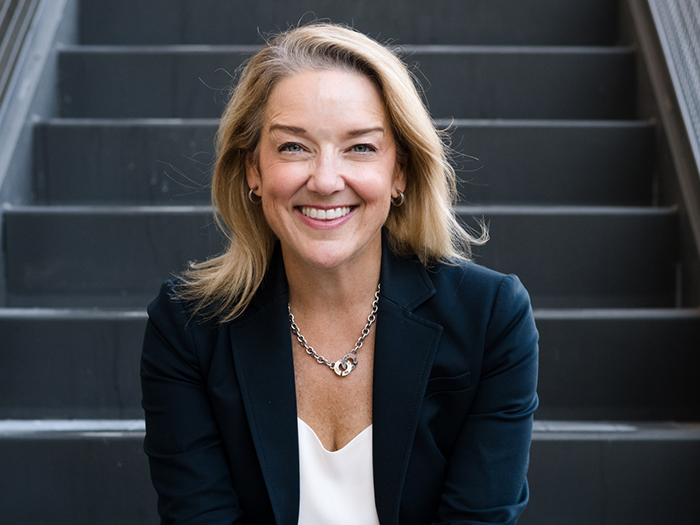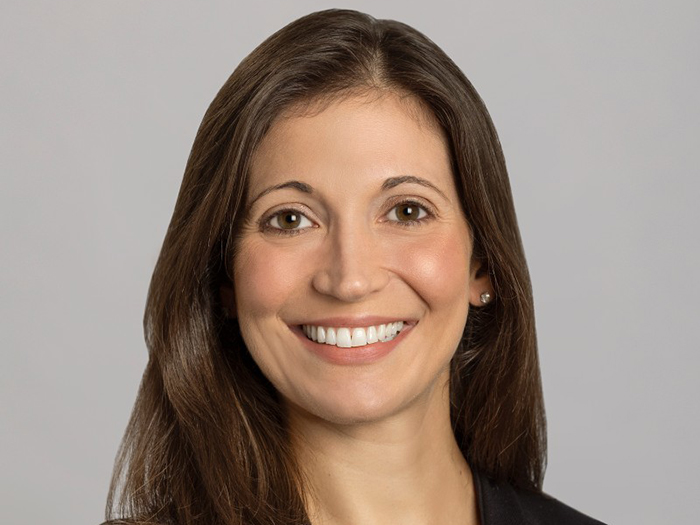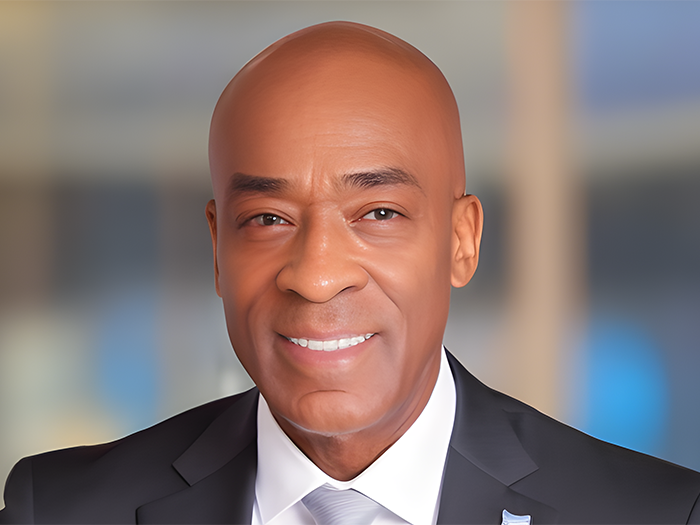Employee Benefits
Talent Risk Can Kill Companies: What are you doing about benefits?

The ability to attract and retain the right people from the shrinking U.S. talent pool is heavily dependent upon what employers have to offer, well beyond compensation and health insurance.
The 2017 Benefits Strategy & Benchmarking Study, conducted by Arthur J. Gallagher & Co., provides insight into how employers of all stripes are prioritizing their human capital investments.
More than 4,200 U.S. organizations participated in the study between January and March of this year. The project went beyond the scope of traditional benefits, encompassing goals such as employee engagement, well-being and quality of communications.
Of interest to researchers, employers are increasingly thinking bigger-picture, reflecting a shift that puts growth above cost-cutting.
According to Stephanie Bauman, Area Vice President, Research & Market Insights for Arthur J. Gallagher & Co., 52 percent of employers expect increased revenues within the next two years and 51 percent expect to increase head count, putting recruitment and retention strategies on the front burner.
But changing demographics create a wrinkle, leaving employers struggling to create benefits that are universally appealing.
“There is a pressure to offer benefits that are valued by both baby boomers and the millennial workforce and that’s not an easy thing to do,” said Bauman, “Sometimes what they value at that stage of their lives is different.”
Generational shifts also play a big role in the trend toward promoting a sense of personal fulfillment.
“[Millennials] want a career that … has a broader social mission, if you will,” said Bauman.
Of the study’s respondents, 28 percent are already connecting employees to volunteer opportunities and 27 percent are fostering community engagement.
“How do you build a workforce that facilitates deep and meaningful work or relationships?” said Bauman. “That’s something we’ve got to think harder about while trying to attract this newer generation.” &











